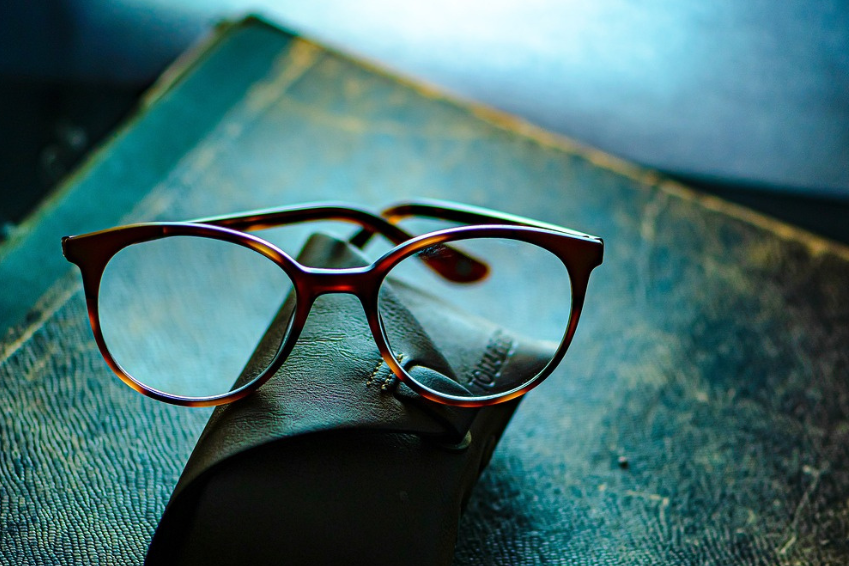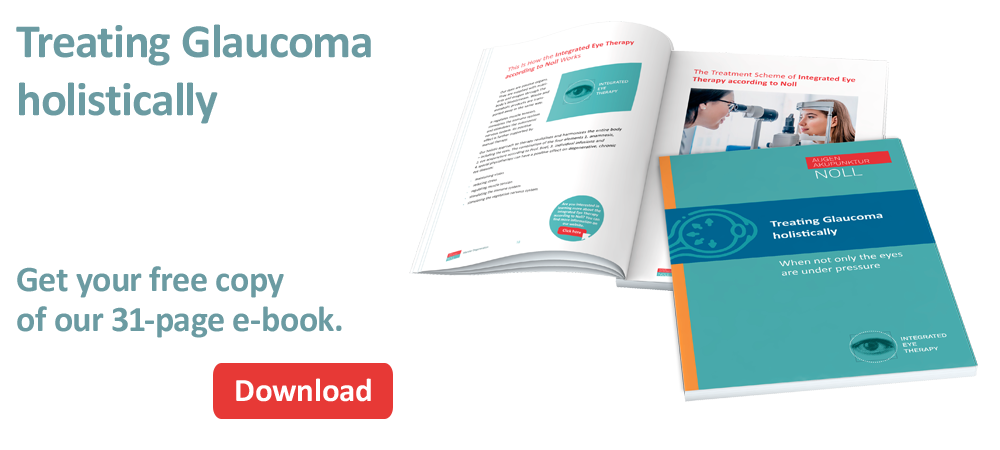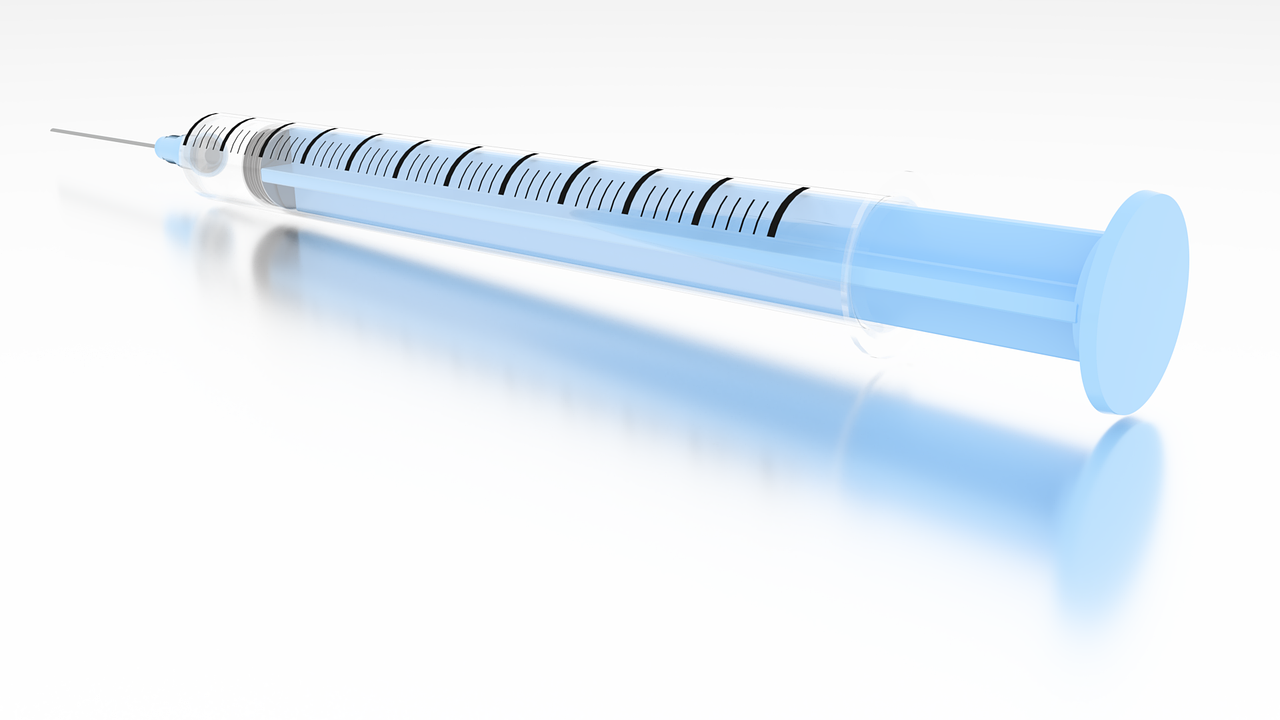Short-sightedness (Myopia) is a potential cause of Glaucoma

Five main factors favour the development of short-sightedness and thus myopia as a cause of glaucoma
The development of myopia and its association with glaucoma can be understood as a complex pathophysiological interaction influenced by various factors.
I will try to explain this relationship in detail.
A brief definition of short-sightedness (Myopia)
Myopia, also known as short-sightedness, is a condition of the eye in which parallel rays of light are focused in front of the retina instead of directly on the retina. This causes distant objects to appear blurred, while close objects can be seen clearly.
Myopia can be influenced by genetic predisposition and environmental factors. People with a family background of myopia have a higher risk of developing the condition.
These factors favour the development of short-sightedness (Myopia)
Several factors can contribute to the development of myopia:
- Eye length: In myopia, the eye is usually slightly longer than normal. This increases the distance between the lens and the retina, which causes the light beam to focus in front of the retinal intersection.
- Corneal curvature: A greater curvature of the cornea can also lead to myopia, as this increases the refractive power of the eye.
- Lens changes: Changes in lens shape or curvature can affect the refraction of light in the eye and contribute to the development of myopia.
- Environmental factors: The increase in myopia in the population is also associated with modern lifestyles, which include increased time spent on up-close work (e.g. using computers and smartphones) and limited time outdoors. These environmental factors can favour the onset of myopia, especially in childhood and adolescence when the eyes are still developing.
- Educational factors: Studies suggest that longer duration of education and higher educational attainment may be associated with an increased risk of myopia. This could be due to the intensive amount of up-close work during the educational process.
The connection between short-sightedness (Myopia) and Glaucoma
One link between myopia and glaucoma is that people with high myopia may have an increased risk of developing glaucoma. This is because with severe myopia, the structure of the back of the eye is altered and the axial length of the eye increases significantly.
These changes can cause the optic nerve to be put under pressure and affect its function.
The optic nerve consists of a collection of nerve fibres that transmit visual signals from the retina to the brain. When increased intraocular pressure affects the optic nerve, it can cause damage to the nerve fibres.
This damage can develop gradually and go unnoticed until vision is already impaired.
Short-sightedness (Myopia) does not necessarily mean “Glaucoma”.
It is important to emphasise that not everyone who is nearsighted will automatically develop glaucoma, nor will all glaucoma patients have myopia. Nevertheless, research shows a correlation between high levels of myopia and increased risk of glaucoma.
Overall, it shows that myopia and glaucoma are linked by complex and multi-faceted mechanisms. The exact cause of the increased risk of glaucoma in myopia is not yet fully understood.
Scientific studies are underway worldwide to better elucidate the underlying mechanisms and to develop appropriate prevention and treatment approaches.


